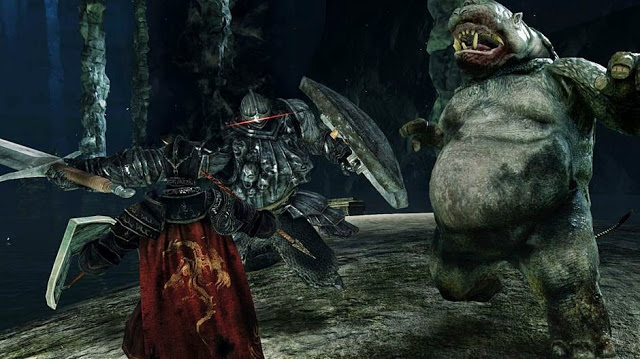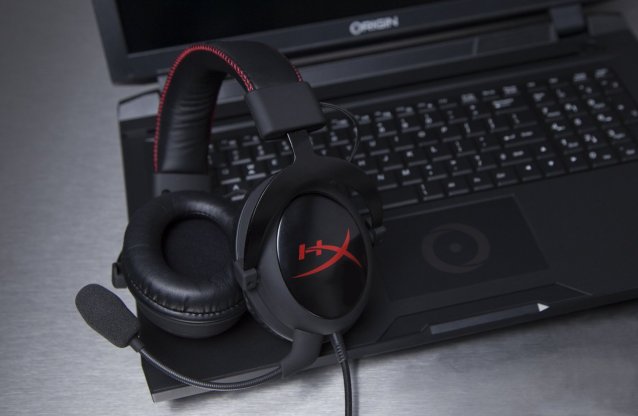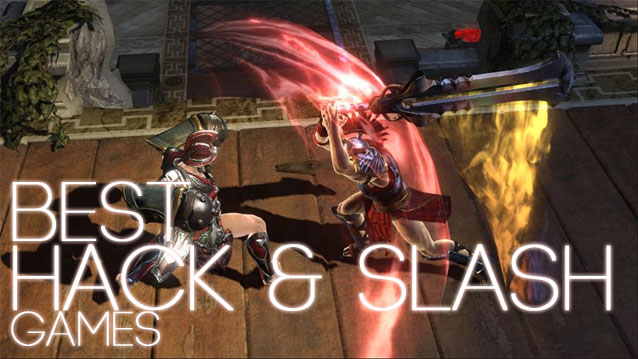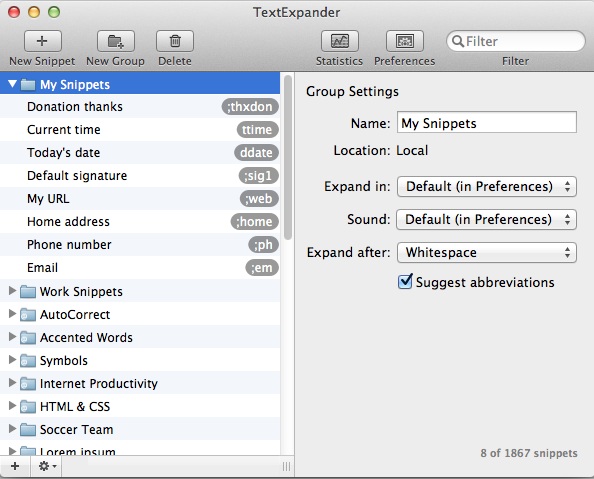

It’s impossible to deny the divisive nature of the Bayonetta franchise. From the over-the-top action and style to the narrative that never takes itself too seriously, there are those who love the titles and those who immediately dismiss them. While there is a fence in the middle, there just isn’t much room so people end up falling into one of the two camps eventually. This is no different with Bayonetta 2.
In many ways, Bayonetta 2 comes close to standing out as a masterclass in hack and slash style. It boasts lightning-quick pacing, combat that aptly rewards those who learn its intricacies and a soundtrack that will end up stuck in your head long after completing the game. Despite this, the experience is marred by the same flaws which have historically plagued the genre. Present as these may be though, Bayonetta 2 still represents one of the most entertaining, high-octane experiences you’re likely to find on the Wii U.
Taking place just months after the climax of the first game, Bayonetta 2 finds everyone’s favorite witch embroiled in yet another battle between angels and demons as the world hangs in the balance. Opening with a demon summoning gone wrong and a journey that takes Bayonetta and her colorful cast of companions to Fimbulventr – the mountainous equivalent to the Bermuda Triangle – the game rarely leaves the player time to catch their breath.
Most surprising is the fact that Platinum Games has clearly taken to heart the complaints that Bayonetta’s character lacked dimension in the first title. Her second journey doesn’t just find her sporting a shorter hairstyle, but also tackles some more emotional themes, allowing the character to develop more organically and show her tender side. This in turn gives the narrative more weight and is better for it. While it can get bogged down in its grandiose scale at times, Bayonetta always finds ways to bring the story back down to Earth.
For fans of the first title, familiar faces like Rodin and Luka make returns but are often relegated to the sidelines in favor of new additions like Bayonetta’s latest travel companion, Loki. These new characters are filled with as much expressive energy as those who populated the first game and serve to aid the narrative at hand. Coupled with a soundtrack that will have you killing demons to the tune of aggressively upbeat pop songs, Bayonetta 2 retains the tone and style that gamers clamored to upon the release of the original.
This is no less true in regards to the gameplay. As with the previous title, the combat in Bayonetta 2 just oozes style. Players will find themselves equipping their hands and feet with a multitude of insane weapons, from a giant three-headed scythe, to heel-mounted flamethrowers. Each weapon serves a well-defined purpose and the synergy that comes from effectively mixing and flowing between their distinct styles means that players will constantly find themselves experimenting with new combinations in an attempt to find their perfect match.
At the center of the game’s combat is a mechanic called Witch Time which slows down time around the player whenever they manage to dodge an enemy attack. This provides the player with openings that are crucial for effectively taking down the masses that want to see them eliminated. At its core it seems like a simple mechanic, but there are few games that manage to match the feeling of glee and accomplishment that a series of successful dodges can bring about. In this way, Platinum Games has once again nailed the art of fluid movement that stood as a highlight in the first game and continues to impress.
This stylistic mastery is no less prevalent than with the game’s Wicked Weaves and Infernal Demons. As Bayonetta executes long combos and fills her magic gauge, she is able to lash out with all manner of large-scale weapon attacks and demon summonings that aid in decimating everything around her. Should she fill her magic gauge, she can enable her Umbran Climax to super-power all of her abilities, regenerate some of her health and become a devastating force on the battlefield.
These abilities and a mastery of Witch Time are essential for success in the game’s boss encounters which find Bayonetta pitted against massive creatures whose attacks often encompass the whole screen. They are visually impressive and effective use of Witch Time can lead to some incredibly flashy and rewarding combos, but they also represent one of the game’s weaknesses.
Strategy is rarely an issue in these battles. Everything comes down to reading and reacting to the tells of enemy attacks. While the bosses all make for eye-catching set pieces, they rarely boil down to much more than damage sponges. This is not to say that they are easy by any stretch of the imagination, as they can make for a very real challenge, but a little more strategic thinking would have been welcomed in these encounters.
In addition to this, it should come as little surprise that the camera can sometimes have difficulty keeping up with the frenetic onscreen action. With enemies coming from all sides and bosses often taking up more than the real estate provided by your screen, it can sometimes get caught at awkward angles. This not only obscures the beauty of the carnage onscreen, but can also lead to moments of frustration that disrupt the flow that is required of the game’s combat.
This frustration is furthered by the game’s underwater and flying combat which feel like a jolting departure from the silky-smooth ground combat. These instances, particularly while flying, take much of Bayonetta’s mobility away in favor of delivering over-the-top cinematic moments in battle. Outside of activating Witch Time and attacking, much of these sequences seemingly play on autopilot. Despite this, it’s impossible to deny their visual splendor of these segments and they are often short enough and lead right back into more glorious hand-to-hand combat on the ground.
These frustrating points aside, Bayonetta 2 stands as one of the strongest offerings in the Wii U’s catalog. Add to this the value of having the original game packed in with it as well as the addition of Nintendo-centric outfits that provide quirky flavor and gameplay additions like Bayonetta’s dash turning into Samus’ morph ball and you’ve got a full-bodied experience that’s worth making the jump for.
The game can be completed in about 10 hours, but between a wealth of unlockable outfits, accessories and abilities as well as stages that encourage replayability to attain higher medal ratings, there’s a lot to love in Bayonetta 2. For those who want to take their talent online, there’s also the addition of multiplayer mode Tag Climax which tasks players with competing against one another in a series of challenging battles that they bet on in order to rake in the highest number of Halos, the game’s currency.
It may be a divisive experience, but for fans of Bayonetta’s mystique and over-the-top style, Bayonetta 2 is an essential experience. It has its share of flaws that are consistent with the genre’s history, but in the end, these complaints aren’t enough to upend the forward momentum that Platinum Games has injected into the game.
_____
Bayonetta 2 is available exclusively on the Nintendo Wii U.
Follow Ryan on Twitter @ThatRyanB.




 Kingston HyperX Cloud Headset Review
Kingston HyperX Cloud Headset Review Top 10 Best Hack and Slash Games
Top 10 Best Hack and Slash Games How to Delete Your Microsoft Account & Create a Local Windows 10 Login
How to Delete Your Microsoft Account & Create a Local Windows 10 Login 50% Off TextExpander 4, Ends September 13
50% Off TextExpander 4, Ends September 13 Tomb Raider Achievements and Trophies guide
Tomb Raider Achievements and Trophies guide